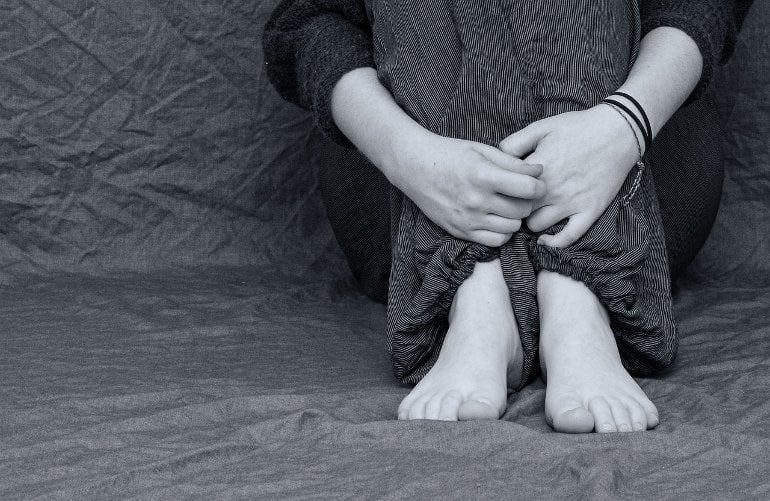Summary: The vulnerability of those with evening chronotypes to anxiety, PTSD, and related disorders may be mediated by altered fear acquisition.
Source: Bial Foundation
Do you know what your chronotype is?
Chronotypes are our circadian preference profiles, that is, they refer to the differences in performance that each person has in relation to the periods of sleep and wakefulness throughout the 24 hours of the day.
We can be morning type (if we prefer to wake up early and have a good performance in activities that start in the morning), evening type (if we are more productive at night or at dawn and prefer to stay up later), or intermediate (if we easily adapt to morning and evening schedules).
Circadian rhythms have been increasingly studied because they can help to understand the onset of mental disorders such as anxiety and post-traumatic stress disorder (PTSD). In this sense, researchers Chiara Lucifora, Giorgio M. Grasso, Michael A. Nitsche, Giovanni D’Italia, Mauro Sortino, Mohammad A. Salehinejad, Alessandra Falzone, Alessio Avenanti and Carmelo M. Vicario resorted to the classic Pavlovian paradigm of fear conditioning to study the neurocognitive basis of the association between chronotype and fear responses in healthy humans.
In the paper “Enhanced fear acquisition in individuals with evening chronotype. A virtual reality fear conditioning/extinction study”, published in the Journal of Affective Disorders, in August 2022, the researchers from Università Degli Studi di Messina and Università di Bologna (Italy), Leibniz Research Center for Working Environment and Human Factors (Germany) and Universidad Católica Del Maule (Chile) explain that they used 40 participants recruited among students from the University of Messina, 20 with evening chronotype and 20 controls (i.e., intermediate chronotype) to complete a 2-day Pavlovian fear learning and extinction virtual reality task.

“To the best of our knowledge, only one study (Pace-Schott et al., 2015) to date explored the role of chronotypes on fear acquisition and extinction in healthy humans, but did not test intermediate chronotypes, the ideal control group as they are the most frequent chronotype in the population (Partonen, 2015)”, explains Carmelo M. Vicario, a researcher supported by the BIAL Foundation.
The results obtained in the two groups showed a higher fear acquisition response in evening chronotype individuals, compared to intermediate chronotype participants, confirming prior evidence that associated the evening chronotype with a higher risk of anxiety disorders (Alvaro et al., 2014; Park et al., 2015) and PTSD (e.g., Hasler et al., 2013; Yun et al., 2015).
“This study provides new insights about the influence of circadian rhythms on cognitive and affective processes, suggesting that the higher vulnerability of the evening chronotype to anxiety and related disorders may be mediated by altered fear acquisition,” says Vicario.
About this neuroscience research news
Author: Sandra Pinto
Source: Bial Foundation
Contact: Sandra Pinto – Bial Foundation
Image: The image is in the public domain
Original Research: Closed access.
“Enhanced fear acquisition in individuals with evening chronotype. A virtual reality fear conditioning/extinction study” by Chiara Lucifora et al. Journal of Affective Disorders
Abstract
Enhanced fear acquisition in individuals with evening chronotype. A virtual reality fear conditioning/extinction study
Circadian rhythms have received increasing attention within the context of mental disorders.
Evening chronotype has been associated with enhanced risk to develop anxiety and post-traumatic stress disorder (PTSD).
The classical fear conditioning paradigm is a powerful tool to reveal key mechanisms of anxiety and PTSD.
We used this paradigm to study the neurocognitive basis of the association between chronotype and fear responses in healthy humans.







